Kiyo | She/Her
Hermanas Mariposa (Butterfly Sisters)
Guadalajara, Mexico
Tropical and subtropical dry broadleaf forests
Session 2: November 29, 2022
I am here to share with you my transformative story with pollinators. During the pandemic, one of my favorite activities was to read (as I think many people did), and one of my favorite readings was Staying with the Trouble by Donna Haraway, and right after that, I read Anna Tsing’s The Mushroom at the End of the World, and I was “Ahh!”—feeling, like, blessed for having discovered them, and inspired by their ideas of multi-species relationship and collaborative survival and ethical responsibility.
I decided to establish an allowance with an endangered species, and it all started when my good friend Rodrigo, who is also a beekeeper, talked to me about the possibility of the modern city as a sanctuary for pollinators, because there is less use of pesticides, compared to the fields—where monoculture thrives, and there’s a very high use of this kind of venom for pollinators. And I was amazed by that. Because I would think that pollinators are healthier like outside the city, in the crops, but that’s not necessarily true. And especially not where I live: in Guadalajara, there’s a big, big monoculture thriving around agaves (that’s what tequila is made from), berries (a lot of berries), and avocado (because avocado right now, it’s like super in fashion…).
So I decided that I wanted to learn from pollinators: to listen to them, to observe them, so I could fight with more passion and from place that’s empowered—like the hive is, and like pollination is, as a gesture. And so, during the pandemic, I invited a queen bee to establish her house on the rooftop of my home, and on the day of the bees’ arrival, I offered the hive a mask, a plaster mask of my face, as a way to seal our new relationship. And the bees finished sculpting the mask with wax, pollen, and honey.
And lately I’ve been expanding my relationship not only with honeybees, but I have started to work with butterflies. And there is this amazing oasis-like park inside our city, which we’ve managed to preserve, and they have these— We call it mariposario, but it’s this butterfly dome. And so I’ve been working in collaboration with biologists that study caterpillars and butterflies and their symbiotic relationship with special plants, and so I’ve been going there to like feed caterpillars and feel them, and look at them. Inspired by that, and wanting to do something with butterflies, I found out about the story of the hermanas mariposas—which is “the Butterfly Sisters”.
The Butterfly Sisters were three women from República Dominicana. Their names were Patria, Minerva, and María Theresa Mirabal. And during the ‘60s, they were fighting against the dictatorship of Trujillo. I like to think that they were called the Butterfly Sisters because they were pollinating, like, ideas about resisting and ideas against gender violence. And Trujillo was hitting on one of the sisters, like flirting or wanting something with her, and of course, she didn’t want anything to do with that, and so Trujillo incarcerated the three of them. And on the 25th of November of 1960, because of social pressure, finally Trujillo let them go. But after letting them go, somebody picked the sisters up and drove them away, and after that, their bodies were found—so they were murdered. So ever since then, every 25th of November, it’s the commemoration of the Day Against Gender Violence.
So I was amazed at this link between butterflies, resisting, pollination, and this day. And in my country, there’s a lot of femicides and gender violence, so I wanted to do something in conversation with all that. So I developed these butterfly feeders and drinking stations made out of clay, and they are wearable ceramics. You can wear them on the central part of the neck. It’s a flower-like thing, and when you put it like this (demonstrating), there’s this little pool inside, and you put like water and a little salt, so butterflies come feed. And these pieces of the necklace feature many, many names of women who have been victims of femicide. I looked up a list of the names, and it’s not that easy, because we don’t even—there’s a lot of “gray areas,” and there’s not like official lists of all the women that have been murdered. So it was like a labor to look for that.
And the ancient Mesoamerican people used to revere the butterfly, right? It was a sacred animal. So they would take a butterfly and (demonstrating gently catching a butterfly from the air and bringing it close to her face) tell the butterfly a secret. Like “pspspspsps.” Then they would let her go. And the butterfly was believed to be a messenger for the gods and goddesses, to another level of consciousness. So what I was trying to do was like—the butterflies come, and feed, and there’s the names of all these women that have had a violent death, and it’s kind of a metaphor: the butterfly takes that away and, I don’t know, gives it another life. Another life in another level.
This is what I wanted to share with you. (And I haven’t shared with anybody because the piece is not yet ready. But it moved me a lot.) And when I was writing the names on the clay pieces, I could feel like, you know, like I had to cry. I had to cry, and my clay teacher cried with me—it was so powerful. Naming them. Their presence was there, in a joyful, good way.
Thank you.
Kiyo is a Mexican performance artist based in Guadalajara. Ecofeminist, provocative, earthy, political, her work explores environmental, social, and political issues affecting contemporary society.
